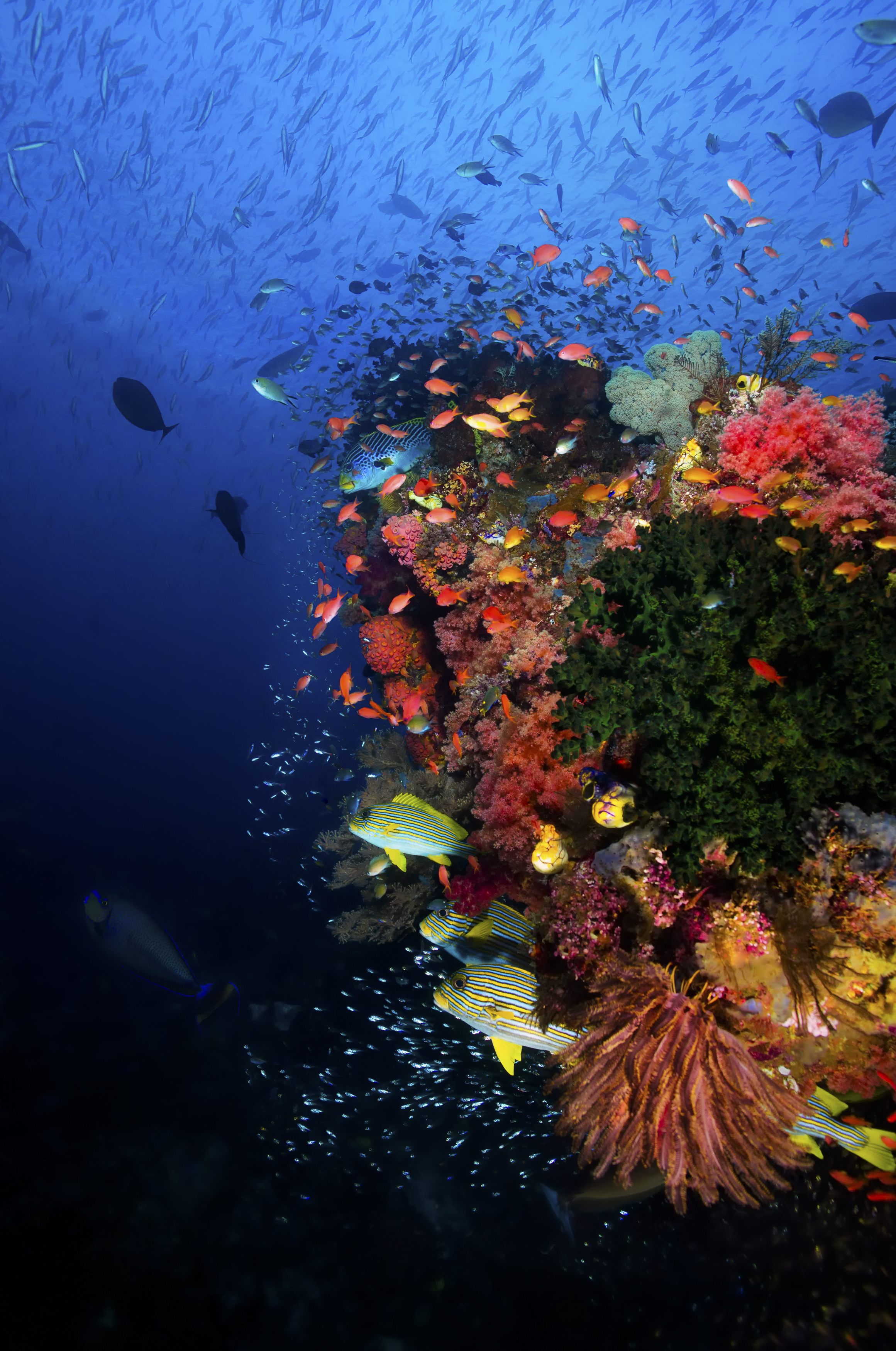Methods
Internationally, ISO 16649-3 ("Microbiology of food chain -Horizontal method for the enumeration of ß-glucuronidase-positive Escherichia coli - Part 3: Detection and most probable number technique using 5-bromo-4-chloro-3-indolyl-β-D-glucuronide") is used as the reference method for enumerating Escherichia coli (E. coli) for classifying shellfish harvesting areas and for testing products to be placed on the market (often termed end-product testing). The method includes an initial resuscitation step in minerals modified glutamate broth, followed by E. coli confirmation on a chromogenic agar detecting beta-glucuronidase activity.
Alternative methods may be used if validated against the reference method using the procedures given in ISO 16140.
Currently, there are three validated methods for E. coli testing purposes in live bivalve shellfish that can be used in the UK. These include the reference method (MPN using ISO 16649-3 as described above), impedance, and pour-plate-based methods.
The NRL generic protocol that conforms to the requirements of the reference method (including an appendix providing guidance on the use and interpretation of MPN calculators) can be found here.
ISO 6579 is used internationally as the reference method for the detection of Salmonella in bivalve molluscan shellfish to be placed on the market.
Laboratories undertaking official testing of shellfish for microbiological parameters in the UK must:
- be accredited for these specific methods by an appropriate body (e.g. UKAS)
- take part in the PHE/Cefas shellfish EQA scheme, and any relevant proficiency test distributions organised by the NRL.

